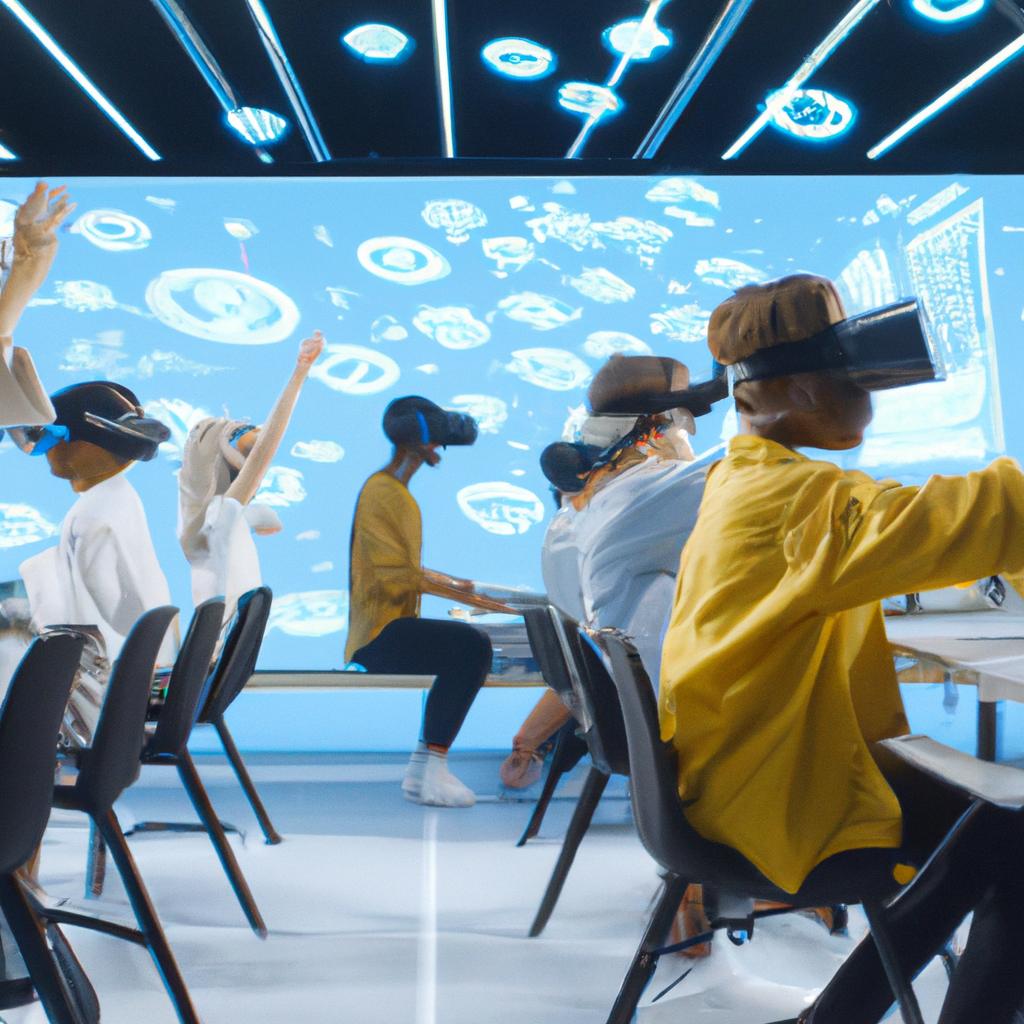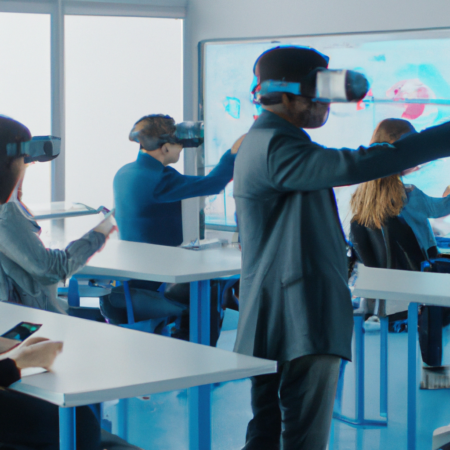Revolutionizing Education: The Rise of Virtual Classrooms in 2025
In the dynamic landscape of 2025, education has transcended traditional boundaries, embracing technology like never before. As we delve into the second quarter of the year, the spotlight is firmly on virtual classrooms—an innovation that has reshaped how knowledge is disseminated and absorbed across the globe.
Understanding Virtual Classrooms
Virtual classrooms utilize cutting-edge technology to simulate a physical classroom experience online. These platforms integrate tools such as real-time video conferencing, interactive whiteboards, and collaborative documents to create an engaging learning environment that transcends geographical limitations.
The Benefits of Virtual Classrooms
The adoption of virtual classrooms has skyrocketed due to their numerous benefits. Flexibility, accessibility, and a personalized learning experience are among the top advantages. Students can learn at their own pace, revisit recorded sessions, and access a wide array of resources.
The Impact on Traditional Education Systems
While traditional education systems have their merits, the integration of virtual classrooms has introduced a complementary model that enhances educational outcomes. Schools and universities have begun to blend traditional teaching methods with digital platforms, leading to a more rounded educational experience.
Future Trends
Looking forward, the evolution of virtual classrooms is expected to continue. Innovations in AI and VR are anticipated to make these environments even more immersive and interactive, further enhancing the learning experience.
Conclusion
As we move further into 2025, the role of virtual classrooms in education is only set to increase. They represent a significant shift towards a more inclusive and adaptable educational framework, promising to redefine how education is perceived and delivered in the future.






